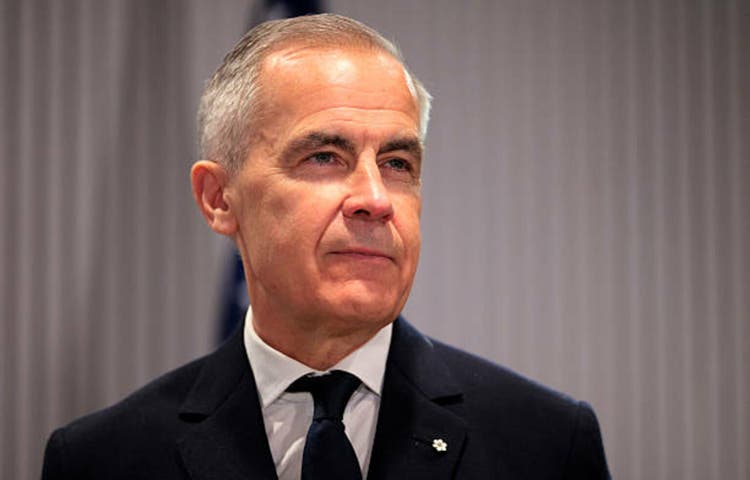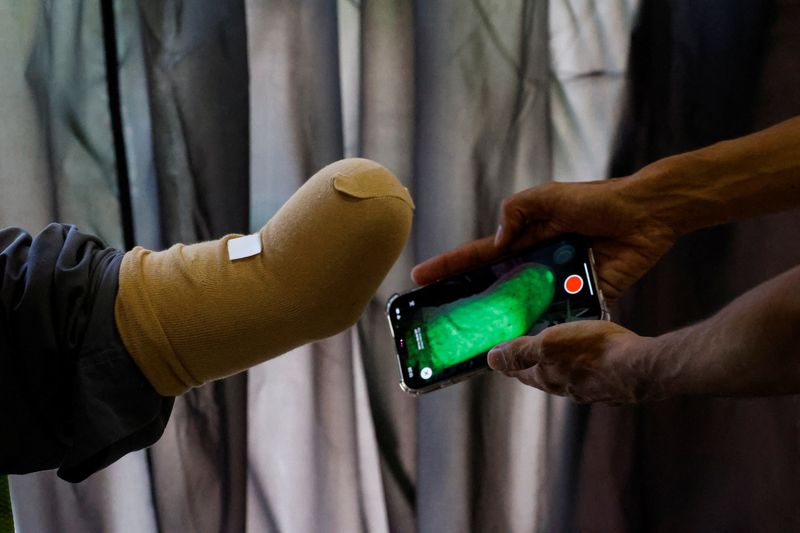 STOCK PHOTO | Image from Freepik
STOCK PHOTO | Image from FreepikOverweight and obesity are growing public health challenges in the Philippines. In just over two decades, the prevalence of overweight and obesity among Filipino adults has doubled, rising from 20% in 1998 to 40% in 2022. Among adolescents aged 10 to 19, the rates more than doubled, from 4.9% in 2003 to 13% in 2022. Alarmingly, 14% of Filipino children aged five to 10 are now also classified as overweight or obese.
The World Health Organization (WHO) defines overweight and obesity as abnormal or excessive fat accumulation that may impair health. The primary cause is a sustained energy imbalance, or consuming more calories than are expended, largely driven by diets high in fat and sugar, along with increasingly sedentary lifestyles. Technological advancements, urbanization, and shifts in transportation and work patterns have all contributed to reduced physical activity.
Obesity significantly increases the risk of a range of serious health conditions, including type 2 diabetes, cardiovascular disease, reproductive and bone health issues, and certain cancers. It also diminishes quality of life, contributing to sleep disturbances, impaired mobility, and psychological stress.
For children and adolescents, the consequences are equally concerning. Obesity during youth raises the risk of early onset of noncommunicable diseases (NCDs) like diabetes and heart disease. Psychosocial effects — such as poor self-esteem, bullying, and reduced academic performance — are compounded by stigma and discrimination. Moreover, overweight children are far more likely to become obese adults, perpetuating a cycle of health risks and social challenges.
Beyond the individual, obesity imposes a heavy economic burden. According to the STOP Obesity Alliance, a coalition of stakeholders committed to addressing obesity in the United States, this burden includes both direct and indirect costs. Direct costs stem from the treatment of obesity and its more than 200 associated comorbidities, including hypertension, type 2 diabetes, coronary heart disease, certain cancers, and asthma. In 2019, the US Centers for Disease Control and Prevention (CDC) estimated the annual medical cost of obesity in the United States at $173 billion (around P9.86 trillion), with individuals affected by obesity incurring an average of $1,861 (P106,020) more in medical expenses than those with a healthy weight.
Indirect costs include lost productivity due to absenteeism, reduced workplace efficiency, premature death, increased disability claims, and loss of Quality-Adjusted Life Years (QALYs). QALY is a measure that reflects both the quantity and quality of life lost due to illness.
While global studies have quantified the cost of obesity, there remains a gap in local data for the Philippines. Addressing this, a landmark study titled “Epidemiological Burden and Cost of Obesity in the Philippines (EpiCOb-PH)” was launched in March this year. The study aims to estimate the national burden of obesity and its economic implications using local disease models, existing epidemiological data, and cost/resource-use analyses.
EpiCOb-PH is led by Dr. Madeleine de Rosas-Valera, former Department of Health (DoH) Undersecretary and former Senior Vice-President at PhilHealth, with support from Novo Nordisk Pharmaceuticals (Philippines). Research support is provided by metaHealth Insights and Innovations.
A recent stakeholder consultation brought together notable figures including Ambassador Franz-Michael Skjold Mellbin of Denmark; Dr. Israel Pargas, SVP for Health Finance Policy at PhilHealth; former Health Secretary Dr. Jaime Galvez-Tan; Novo Nordisk General Manager Wei Sun; and representatives from key health organizations including the Philippine Alliance of Patient Organizations, the Philippine College of Endocrinology, Diabetes and Metabolism, the Philippine Association for the Study of Overweight & Obesity, and the Philippine Society of Nephrology.
The study is designed to answer two key questions: What is the current and projected burden of obesity in the Philippines among adults and children? And what are the associated economic costs, including healthcare spending, productivity losses, and broader socioeconomic impacts?
By developing locally relevant disease models and cost estimates, EpiCOb-PH aims to inform evidence-based policy, guide healthcare resource allocation, and support educational and advocacy campaigns.
Slated for completion by the end of 2025, the study will produce critical data to help decision-makers prioritize and implement sustainable interventions to curb obesity’s rise in the Philippines.
Reliable data is essential. It helps identify at-risk populations, evaluate existing policies, improve clinical care, quantify economic impact, and promote health equity. With the right insights, we can better respond to the obesity epidemic and build healthier communities.
Teodoro B. Padilla is the executive director of Pharmaceutical and Healthcare Association of the Philippines which represents the biopharmaceutical medicines and vaccines industry in the country. Its members are in the forefront of research and development efforts for COVID-19 and other diseases that affect Filipinos.

 10 hours ago
1
10 hours ago
1




















 English (US) ·
English (US) ·